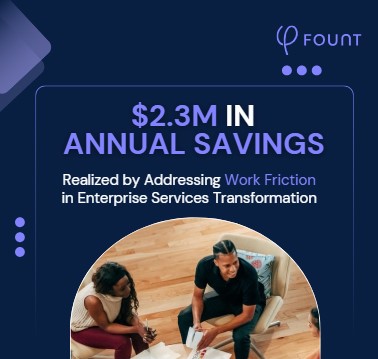Table of Contents
- 1. The Unrelenting Pace of Change Is Fueling Friction
- 2. Most Leaders Aren’t Tracking the Right Data to Measure and Drive Adoption
- 3. Friction Data Can Help Companies Get More From Their New Technology
- 4. Leaders are Struggling to Scale Individual Productivity Gains – But Friction Data Can Help
- 5. Today’s Effective Transformations Demand Data Beyond Engagement
- Don’t Let Friction Hold Your Transformation Back
5 Friction Trends for 2025
Most digital transformations fall short of expectations not because of the tech, but because of unseen friction in the way work actually happens. This article highlights 5 key friction trends shaping 2025 and shows how friction data offers a new path to adoption, productivity, and meaningful transformation at scale.
KEY TAKEAWAYS
- Organizations are undertaking digital transformation in order to increase productivity, but aren’t necessarily seeing the results due to the friction.
- Because the new tech is meant to enhance and improve work, it’s important to understand exactly how that work gets done.
- Most organizations aren’t measuring the right things, which is why friction is stalling or upending their transformation efforts.
The pace of change of digital transformation is increasing. Just look at AI. A recent McKinsey survey found that 78 percent of respondents reported using AI in at least one business function – up from 55 percent a year earlier. And that number will only climb as 2025 marches on and more and more organizations undertake transformation projects.
Why? In most cases, organizations are embracing new technology for its ability to ramp up productivity. Yet despite the big investment that these types of projects generally demand, those increases aren’t always happening. But that’s not necessarily a shortcoming of the tech.
Instead, it’s a result of something most organizations aren’t measuring: friction. Friction exists in every job, and without an explicit plan to identify, measure, and reduce it, technology will not in itself deliver the productivity gains that organizations are looking for.
That’s why any new technology investment should include an examination of friction. Here are five friction trends shaping workplaces in 2025 – and how you can address them in your next transformation project.
1. The Unrelenting Pace of Change Is Fueling Friction
The pace and intensity of enterprise transformation efforts have increased as organizations look for ways to grow and get more done – without constantly increasing headcount. Not surprisingly, they’re turning to tech, with 63 percent of CFOs looking to boost IT or digital transformation spending as a way to increase efficiency.
One thing not many are doing as part of these efforts, however, is measuring the impact of that technology on work. Adding new tech without addressing the underlying processes that may already cause friction not only won’t improve friction, it might create more.
It’s like taking a shiny new Ferrari for a spin on a crumbling, pothole-laden highway. You have a great piece of automotive machinery at your disposal, but you’re not going to get the performance it’s capable of on a flawed stretch of road.
New technology can fall victim to a similar problem, leading to a cycle of snowballing friction, which of course strains productivity. That’s why any transformation effort should include an understanding of how workers are reacting to the change and interacting with new technologies. Friction data can provide this insight.
2. Most Leaders Aren’t Tracking the Right Data to Measure and Drive Adoption
Because transformation has become a constant state, companies can’t afford to fall behind the curve on adoption.
In the past, when transformations happened slower and consecutively, you could bank on adoption catching up eventually. With transformations happening now in ongoing waves, however, that approach doesn’t cut it. In fact, it only leads to ever-greater gaps. To address this issue, transformation leaders need more visibility into the barriers that are holding up adoption.
Friction data can provide early quantifiable evidence of adoption. By surveying employees on the very specific tasks they perform – and how new tech does or doesn’t help with those tasks – leaders can get a clearer picture of whether their changes are improving productivity. Just as importantly, they can get insight into what to fix in a tech rollout that isn’t going according to plan.
3. Friction Data Can Help Companies Get More From Their New Technology
One important thing to remember is that new technology (such as AI) in itself is not a differentiator. The real value of any new tech comes from what workers do with it. They want new tools because these tools are supposed to make things easier. But technology is no match for a bad process or workflow.
The problem is that most leaders can’t see the connection between processes, existing tools, and their new technology. It’s the Ferrari issue again. Leaders are usually more focused on what their workers are driving (the tech they’re using) than the roads they’re driving on (their processes and workflows).
What they’re missing is a solid understanding of how work gets done, which would allow them to see how the new tech fits into the ecosystem of the organization. But most measurement tools don’t dig deep into work.
That’s what makes friction data such a valuable tool in a transformation project. By getting to the heart of the work at hand – the actual tasks and the obstacles that slow them down – friction provides the kind of insight that shows where new technology can make the biggest impact.
4. Leaders are Struggling to Scale Individual Productivity Gains – But Friction Data Can Help
The productivity gains of new technology can be difficult to scale in an organization.
For example, an individual coder may be able to get a lot of value out of a particular AI tool, but expanding that value to a wider team is more complicated – not every worker will have the same experience. And the other systems and processes that coder participates in may not have changed at all.
Think back to the Ferrari. Coding is really just one section of road – a great driver or a smoother section of asphalt may lead to better results in that isolated context. But if the driver cruises for a few miles only to stall at a checkpoint for an hour – or if a coder is able to work quickly but then has to spend hours in process meetings – the benefits won’t scale.
And it’s the scale that matters. That requires a more detailed view of how all of your coders do every part of their jobs.
Process mining can provide some good insight, of course, but only in terms of an organization’s digital systems. What it can’t measure is anything to do with the more complex phenomenon of how workers operate in those systems – both before and after the introduction of new technology.
For deeper human insight, friction data is a better way to measure the human element of tech by digging into the specific tasks that the technology is meant to enhance. It’s about changing the key question from “Do employees know how to use the tool?” to “Is this tool helping people do their work?”
5. Today’s Effective Transformations Demand Data Beyond Engagement
Many organizations looking to execute an effective transformation will turn to engagement surveys to see how their employees are reacting to the changes. But while engagement surveys can give leaders a general idea of where problems lie, they can’t provide specifics as to what leaders need to do to fix them.
For example, 40 percent of workers may say it’s hard to get their job done in an engagement survey. But where does that leave the leader who’s looking to bring that number down?
To understand what’s really getting in the way of productivity – and to get an idea of what to do about it – leaders need measurable data about how work happens. Friction analysis uses targeted microsurveys to identify hidden friction points and map specific work activities to systems, processes, and people.
Don’t Let Friction Hold Your Transformation Back
Enterprise transformation projects are, by their nature, expensive, anxiety-inducing undertakings. And these pressures are only magnified in the current environment by friction, which can undermine even a well-planned effort.
When there are millions of dollars and high expectations on the line – and when your competition is moving quickly – leaders need hard data that will tell them whether new technology is going to deliver increased productivity. And they need it early. This is where friction analysis comes in.
Understanding how work actually happens can help take you from friction to transformation traction – let us show you how.
Related Resources
See all News
Insights
5 Friction Trends for 2025
Research
WHITEPAPER: Work Friction

Insights
FOUNT vs. Process Mining vs. Employee Engagement

FOUNT News
How FOUNT Helps Companies Maximize AI Productivity
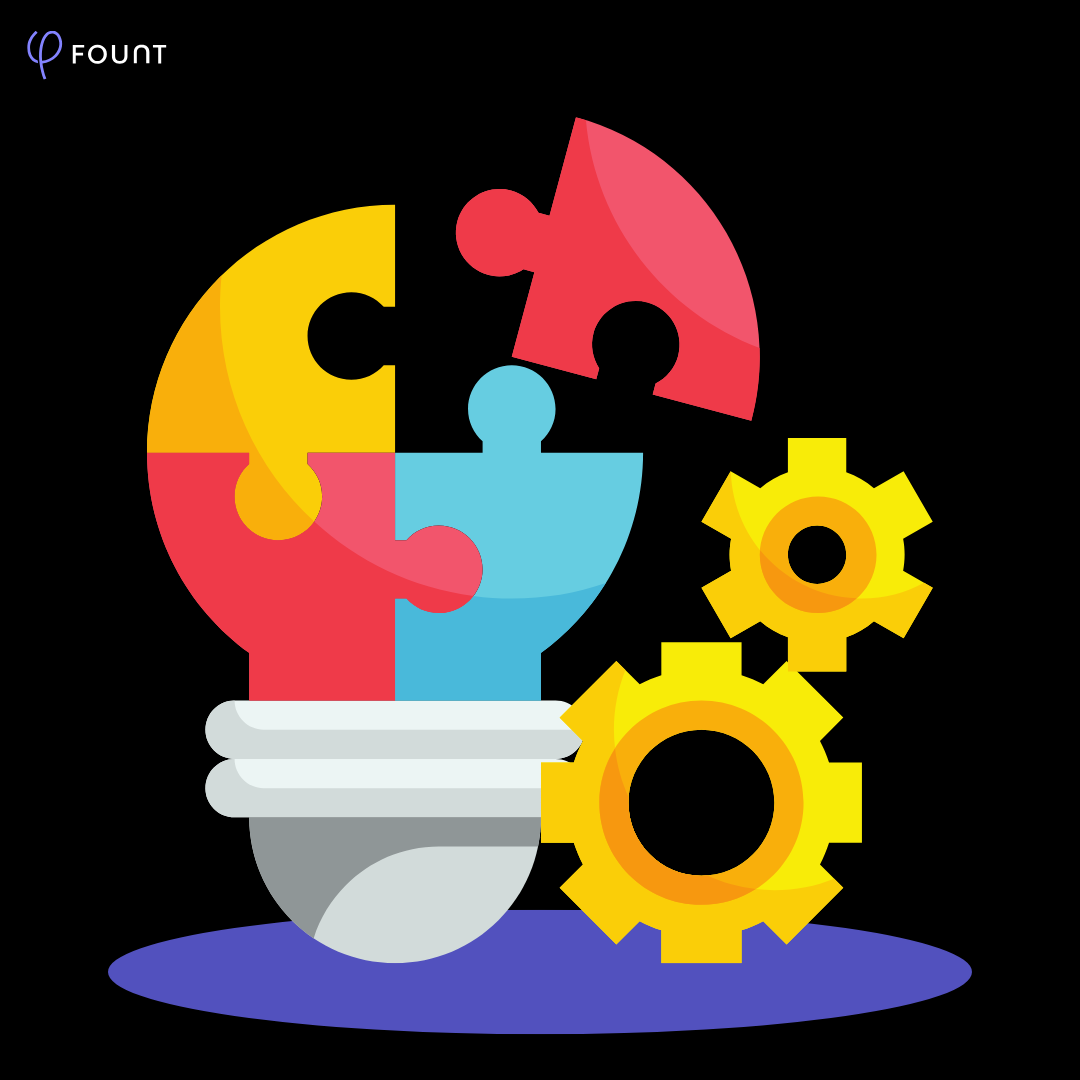
Insights
Build vs. Buy FOUNT: 6 Questions to Ask
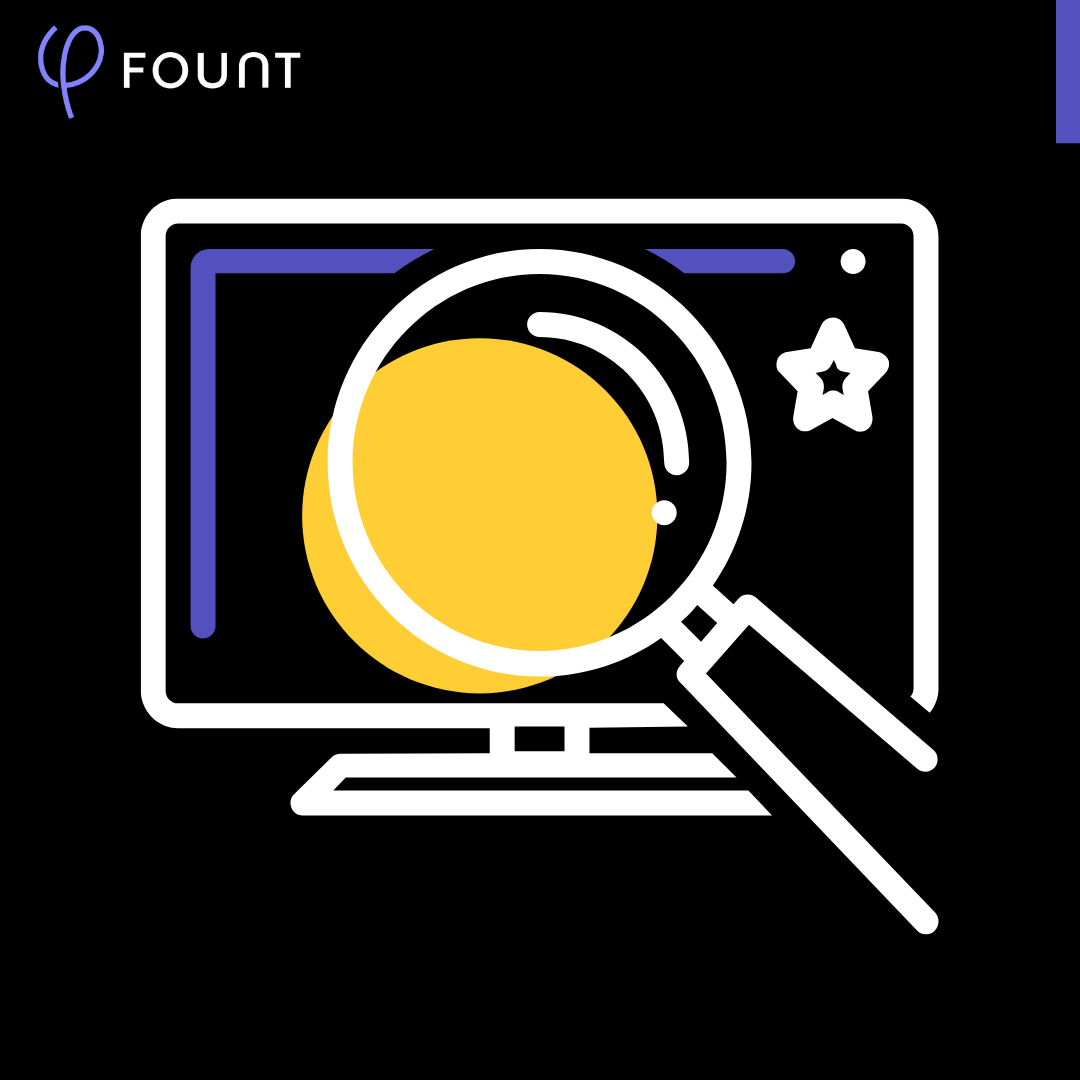
Insights
AI Implementations Need Better Validation Metrics
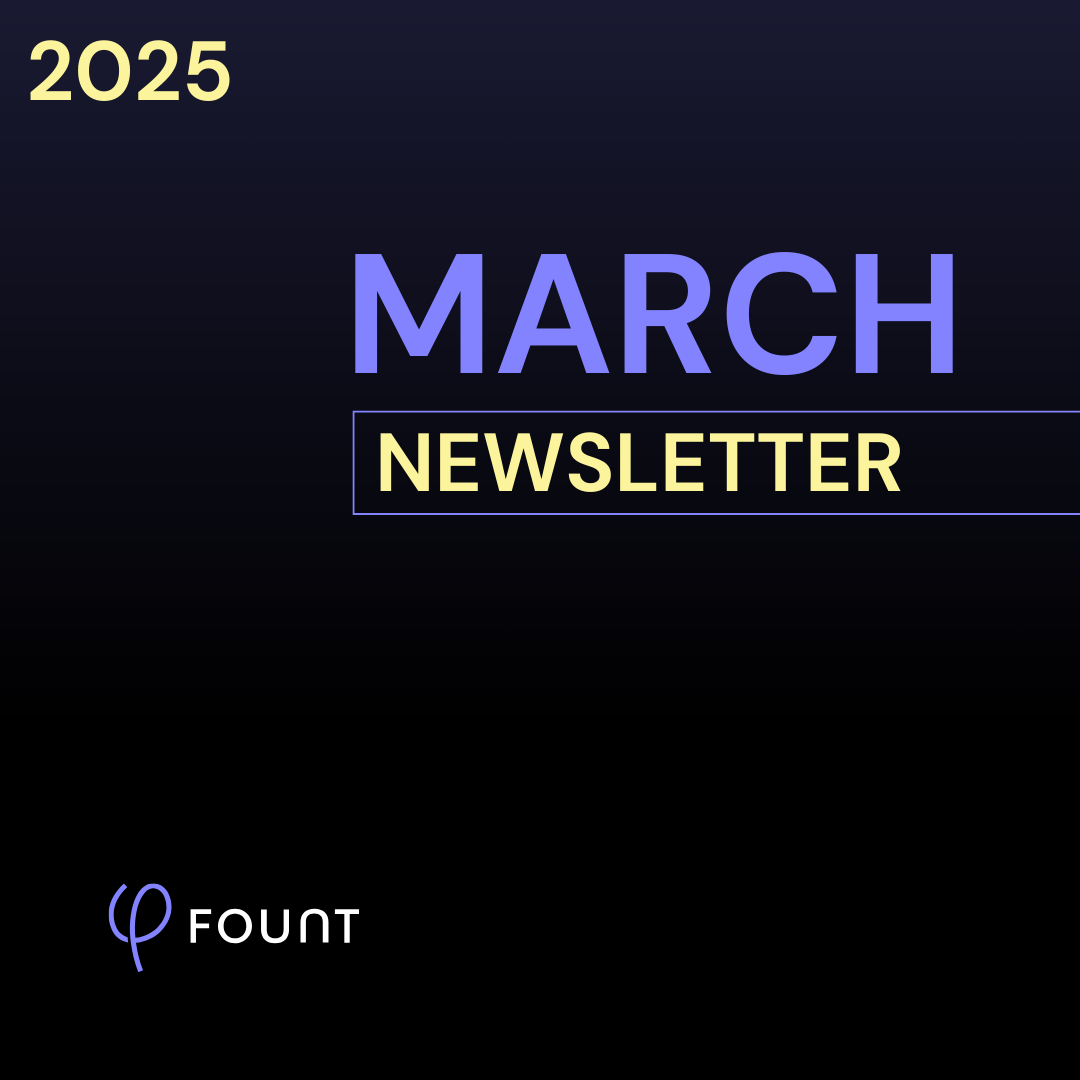
Insights
March Newsletter: Don’t Use Old Methods to Measure A New Way of Working
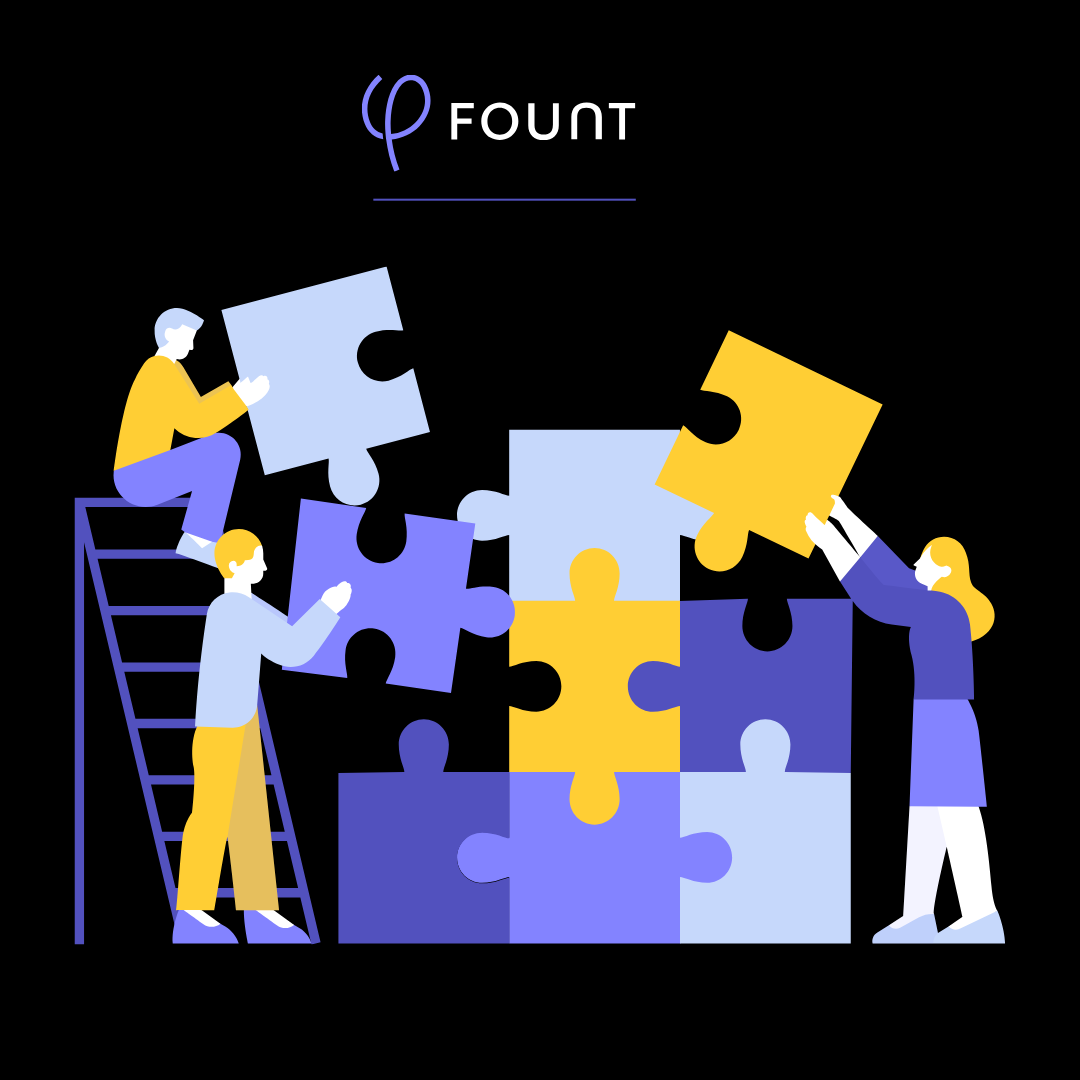
Insights
AI Transformation Playbook: The Definitive Guide to Measuring, Rescuing, Prioritizing, and Scaling AI Transformations
